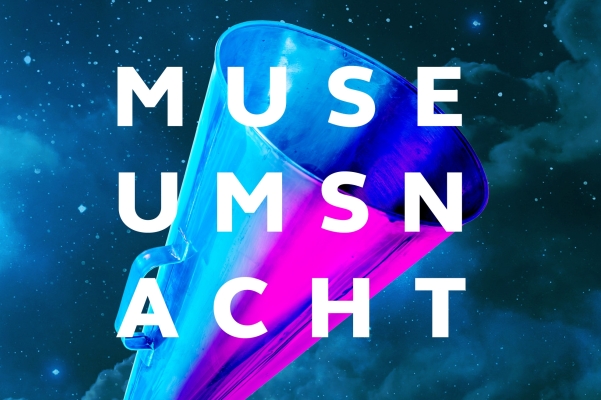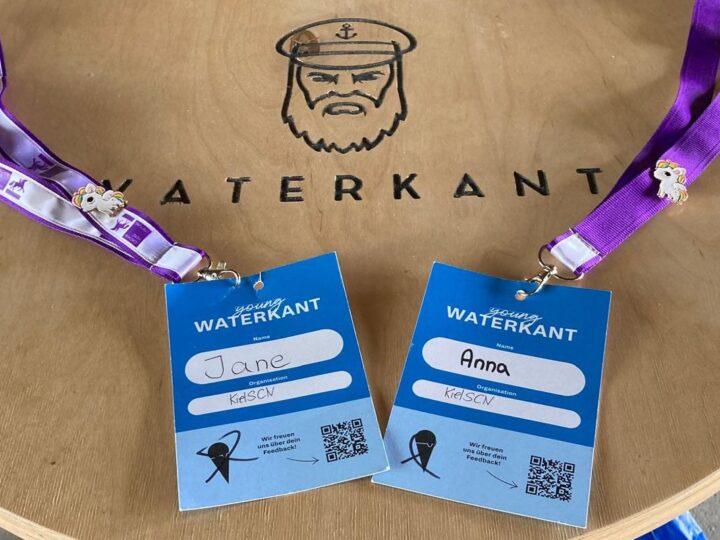VoM #1 – How America Lost One Million People
How America Lost One Million People
The Corona pandemic touched all of our lives – a fact that the New York Times (NYT) article “How America Lost One Million People” touchingly reminds us of. We have chosen it as our first Visualization of the Month.
How can large numbers be clearly visualized?
One million is a number that humans can barely grasp in terms of its size. This is precisely where one of the challenges for information design in connection with the COVID-19 pandemic arises: How can large numbers be visualized in a comprehensible way? Moreover, in this case, this large number of deaths additionally includes the impact that each individual case had on the lives of their loved ones.
The NYT project rises to the challenge. A team of graphic editors and journalists makes this impact tangible in an impressive way by depicting each death as a small, black dot. This visual principle succeeds in enabling readers to grasp the sheer number of people involved. This is supported by the predominant black and white color scheme, which symbolizes death, loss, and finality. Thus, already at first glance, the seriousness and negativity of the topic dealt with becomes quite clear.
Active involvement of the readers
While reading and individually scrolling through the article, the number of black dots increases. Eventually, they fill almost the entire screen, which gets darker and darker with each additional dot. Through this connection between the active scrolling and the animation of the website, users can control the speed of movement. This control and direct response to their own actions further enrich the user experience of the product.
The intangible takes on meaning
As the article continues, the dots fill in the space below the well known curve of COVID infections and mortalities. Thus, they give meaning to this otherwise abstract and disembodied graph. Then the dots spread out to draw a map of the United States and its urban centers where the cases cluster. This very powerfully makes tangible both the local and national effects of the pandemic. In particular, the transition between diagram and map creates a visual metaphor of ash and ghostly appearances that support the main theme at the animation level.
A visualization that both informs and moves
The article is an outstanding example how powerful and well-designed visual narratives can succeed in illustrating and making tangible the staggering loss of human life. It is remarkable that after more than two years of the pandemic, a digital newspaper article is still able to move us – and it does so through excellent information visualization.
About The New York Times
The New York Times stands for high-quality journalism, which also applies to the visuals published in both print and online. Accordingly, the publisher’s graphic design department is highly established and respected. The selected article How America Lost One Million People by Jeremy White, Amy Harmon, Danielle Ivory, Lauren Leatherby, Albert Sun and Sarah Almukhtar was published on May 13, 2022.
About the Visualization of the Month
In our regular series “Visualization of the Month”, we feature an outstanding visualization on the second Wednesday of each month. One of the criteria for the selection is the extent to which it is aesthetically and emotionally appealing from a design perspective. In addition, we look at the information content. This also includes how the users of the visualization are supported in better comprehending complex contexts. The selection is made within the KielSCN team and involves expertise from the fields of information design, educational science and emotion research, as well as science communication research.



